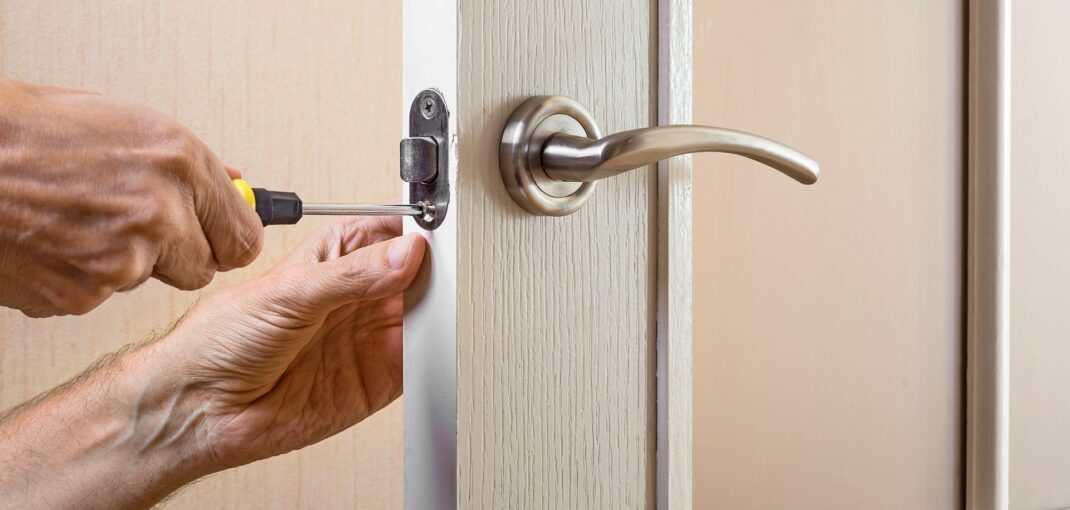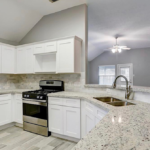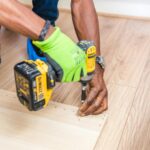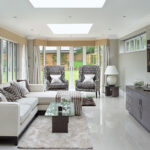Does the sound of slamming doors have you banging your head against the wall? Nix the noise by installing door stops. Installing door bumpers is nothing fancy or new, but it is sanity and wall saving. The options have evolved over the years and a wide array of solutions are available to help protect your walls.
Banish the bang with these affordable, doorstop and bumper solutions:
Spring/Solid Baseboard Door Stops
Common and inexpensive, these peg-like spring or solid stoppers with rubber tips mount onto the baseboard of the wall, resting against the open door.
Hinge Pin Door Stop
The unobtrusive design of hinge pin stops work best on lightweight doors, preventing holes but not the closing of doors. Hinge pin versions look great, but installing these door stops can be tricky. Attaching to the actual hinge pin of the door, rubber pads on either end of the angled pieces prevent doors from opening too wide – however some require the same brand of hinge or they won’t work.
Dome Door Stop
Mounted on the floor, dome door stops feature a cylindrical or dome-shaped surface with a rubber protector. They work the same way as common spring/solid baseboard stops, but are screwed into the floor instead. Out of the way and innocuous, finish selections are endless, with some models featuring a magnet to hold open the door, and others are low-profile to reduce tripping hazards. A word of warning: These stops are not compatible with hardwood and cement/concrete floors.
Hook Door Stop
Sometimes called hinge stops, these combine a floor-mounted stop with a hook-and-eye. The hook attaches to the stopper, the eye to the door, providing double-duty use: Keep the door open – and prevent it from opening too far.
Kick-Down Door Stop
Also called flip-down, these stops work like the kickstand on a bicycle, holding a door open, rather than preventing it from opening too wide. This is a great feature for outside doors to aid in hauling stuff into your home.
Wall Bumpers
Cheap and effective, these humble little 2 1/2-inch bumpers come in a variety of materials and finishes, attaching easily to the wall with a single screw, and preventing the need for frequent drywall patching. Obviously, it is essential in installing door bumpers to place these where the doorknob actually hits.
No-Fail Door Stop Installation Tips
Installing door stops is simple with basic spring/solid baseboard mounted varieties. The same is true with installing door bumpers, however, alignment issues frequently come into play with other models, as do installation complications. Since doors are sometimes opened with excessive force, hardware must be fully attached. Wall-mounted stops require heavy framing at the doorknob’s point of contact. Guide holes will be necessary to accommodate drywall anchors to reinforce walls, as well as to clear the way in solid-wood doors and moldings – or you’ll just end up with something else to patch. Exact placement of all hardware is essential to proper operation.
A word of caution to avid do-it-yourselfers: Use a safety wedge when installing stoppers to keep the door stable so unsuspecting family members don’t inadvertently knock you in the head.






